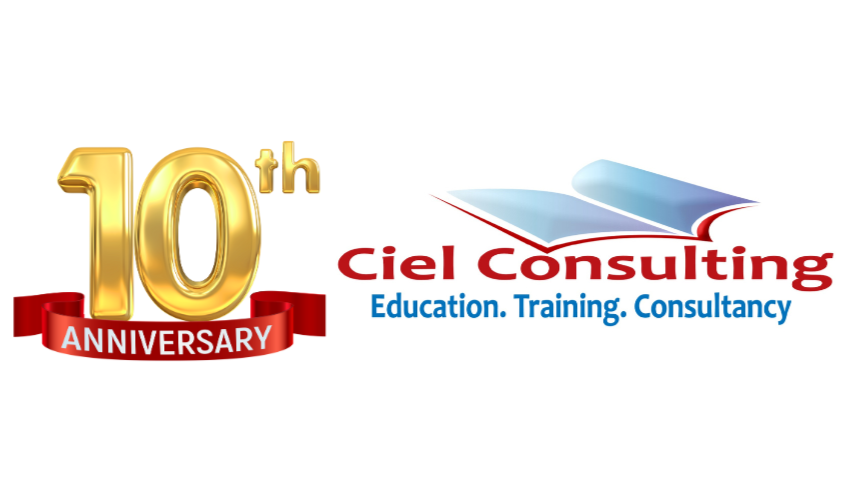What is Agile project management?
Rather than a step-by-step framework, it’s a more intangible methodology or even philosophy that involves an iterative approach to delivering a project throughout its life cycle.
What are the 12 Principles of Agile?
The original Agile Manifesto includes a list of four values and 12 principles.
Satisfy the customer. Everything you do should be geared towards your target market.
Don’t fear change. Remain flexible.
Deliver working versions frequently. For example, work on completing iterations rather than finished products.
Bring business people and technical people together. A disconnect between departments leads to a disconnect between your products and your target customers.
Motivate, trust, and support your team.
Engage in face-to-face conversation.
Measure progress with working versions of the final product.
Encourage sustainable development. Ongoing progress over the long term beats hackathons.
Pay attention to technical excellence and good design.
Keep it simple.
Use self-organizing teams. Autonomy leads to more motivated and productive employees.
Regularly reflect and review. You can’t learn or progress without evaluating your workflow.
The Agile Manifesto also highlights a few select values that showcase the same philosophy.
The 4 values of Agile
The Agile approach is founded on practical principles and values. It aims to solve the issue of product-market disconnects that plague companies globally.
Individuals and interactions over processes and tools
Functioning end product over comprehensive documentation
Customer collaboration over contract negotiation
Responding to change over following a plan
How does Agile differ from traditional project management?
The main difference is the iterative approach and the focus on working closely with the customer to adapt to marketplace changes even after launching your project.
Traditional project management is also known as Waterfall because it follows predictable stages. You start with the requirements gathering stage and keep going down until the project is over.
In Agile, you instead cycle through these stages as you work on the project in smaller pieces. Agile teams call this cycle an iteration or Agile sprint.
The focus is on delivering a single, working product increment at a time. You can produce single features or batch logical choices together.
For projects with physical deliverables, you can focus on delivering different stages of a prototype. For example, a 3D model would be the first goal, followed by an initial physical prototype, and so on.

